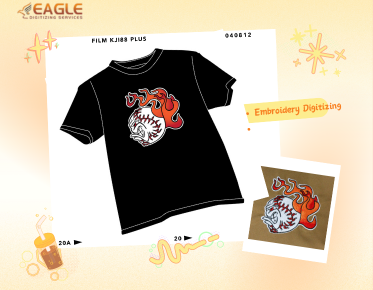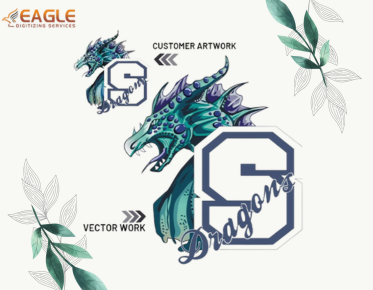3 Easy Ways to Verify Your Vector File
In the world of graphic design, one common question often arises: is your file truly a vector or just a cleverly disguised raster? Vector files allow scalable, clean graphics for various applications from promotional materials to screen printing. However, not everyone realizes the importance of verifying their file format until they encounter pixelation issues. Here are three streamlined methods to ensure your file is genuinely a vector.
1. Check the File Extension
The quickest way to determine if a file is a vector is by examining the file extension. Standard vector file formats include AI, EPS, SVG, and PDF. For instance, professionals often use vector graphics converter tools to convert pixel-based images into scalable vector formats like these.
2. Inspect Layers and Paths in Design Software
Opening your file in software like Adobe Illustrator can provide you with immediate insight. Vectors are structurally composed of paths or strokes—essentially points connecting in lines and curves. If you're able to select individual shapes or paths without compromising image quality, it's likely to be a genuine vector file. Additionally, using services from providers like Eagle Digitizing can ensure professional-level verification and conversion. Their experienced digitizers can handle vector conversion services for complex designs, ensuring your file meets industry standards.
3. Assess Scalability Without Quality Loss
The hallmark of a vector file is its ability to scale infinitely without losing clarity. Unlike raster images that pixelate when magnified, vector files retain sharpness and detail at any size. Try zooming in on your graphic; crisp and clean edges without visible pixels generally indicate a vector format. Additionally, companies offering vector art services online like Eagle Digitizing can assist in vectorizing artwork that meets high scalability standards.
The Role of Professional Services in Vector Verification
Engaging with professional vector conversion providers, such as Eagle Digitizing, can significantly ease the process of converting and verifying your artwork. They offer specialized services like raster to vector conversion, vector logo design, and even color separation for printing needs. Whether you're a marketing agency requiring multi-colored designs or a small business needing affordable solutions, their expertise in vectorization will streamline your production processes.
Future Trends in Vector Graphics
As technology advances, the tools and software available for creating and verifying vector art will continue to improve. We may soon see more automatic detection features within software, simplifying the verification process. The demand for high-quality vectors in various sectors such as e-commerce and digital marketing will likely increase, prompting further innovations in service offerings from vector conversion experts. How businesses choose to adapt by leveraging these advancements will shape the future of design and digital printing.
This HTML document provides a comprehensive guide on verifying whether a file is indeed a vector. It incorporates essential techniques while seamlessly integrating keywords with hyperlinks to relevant resources.



